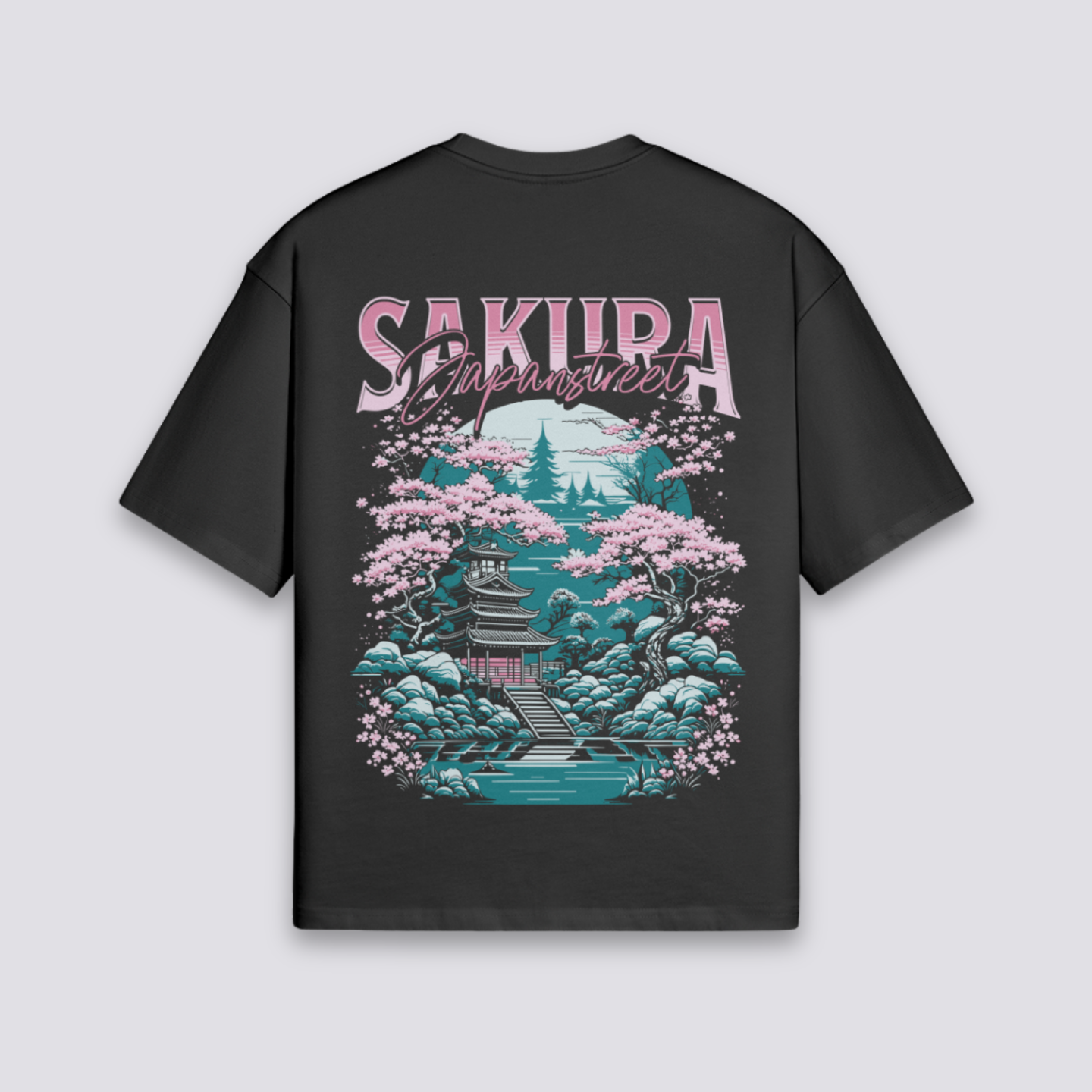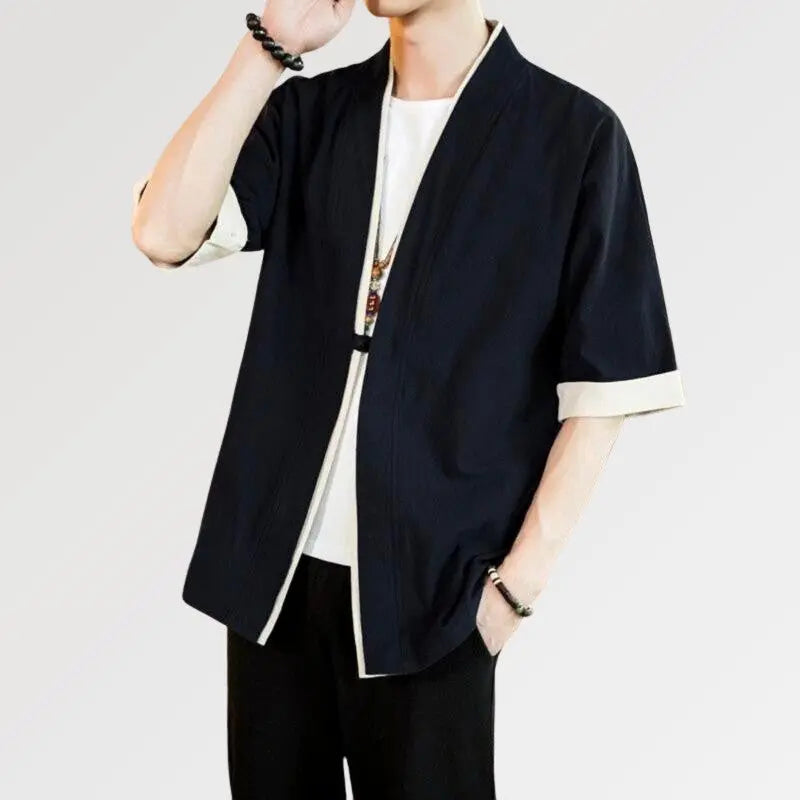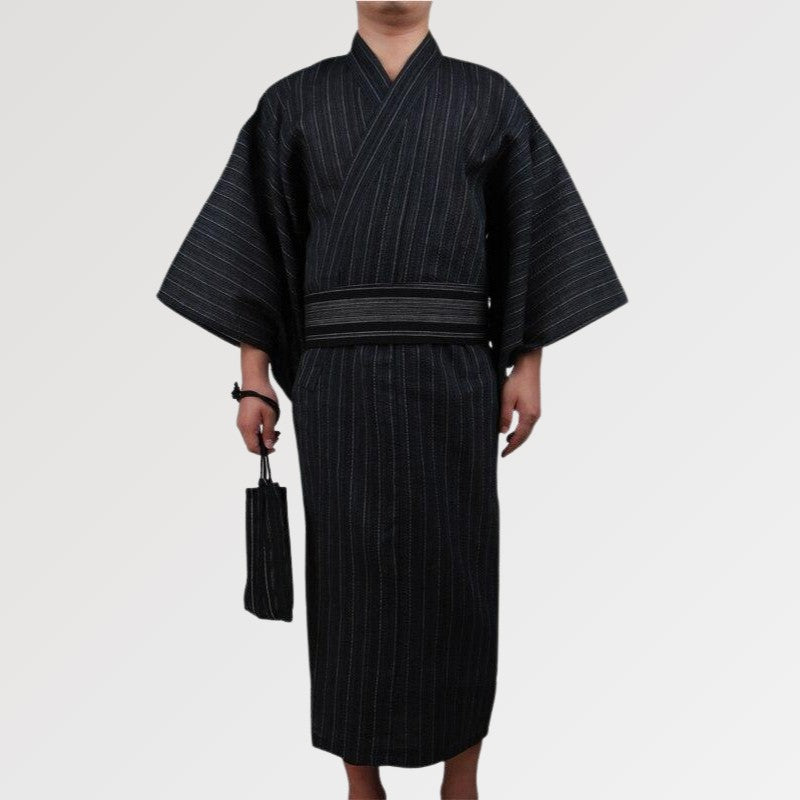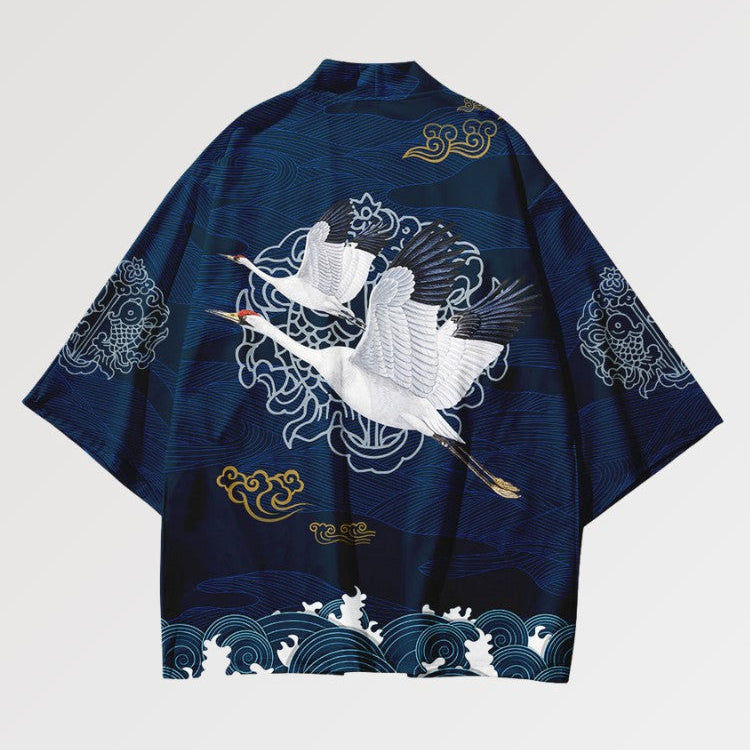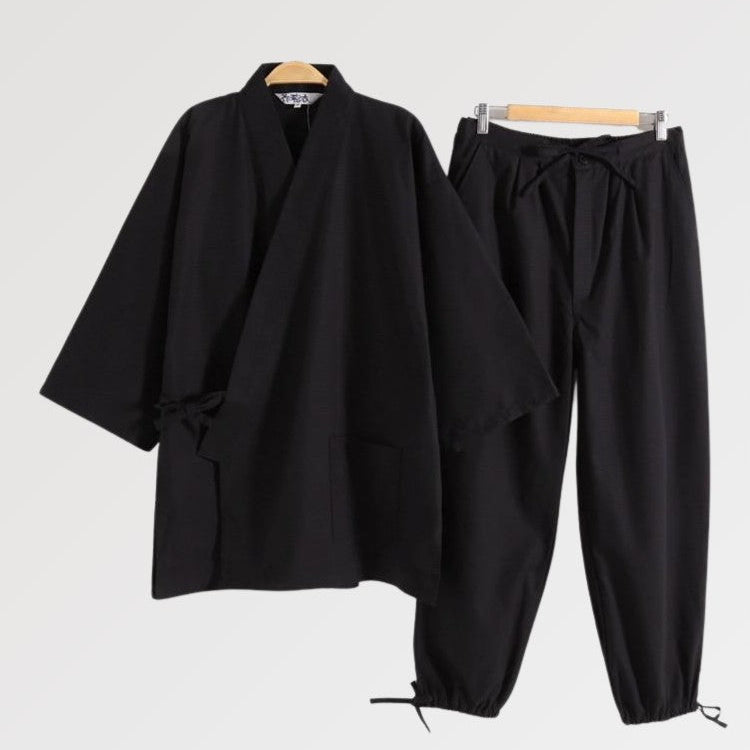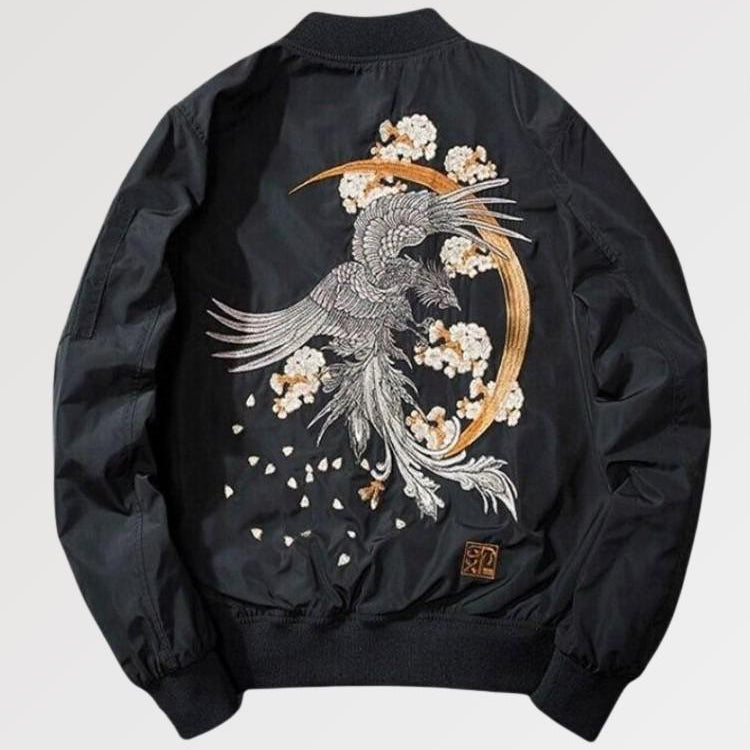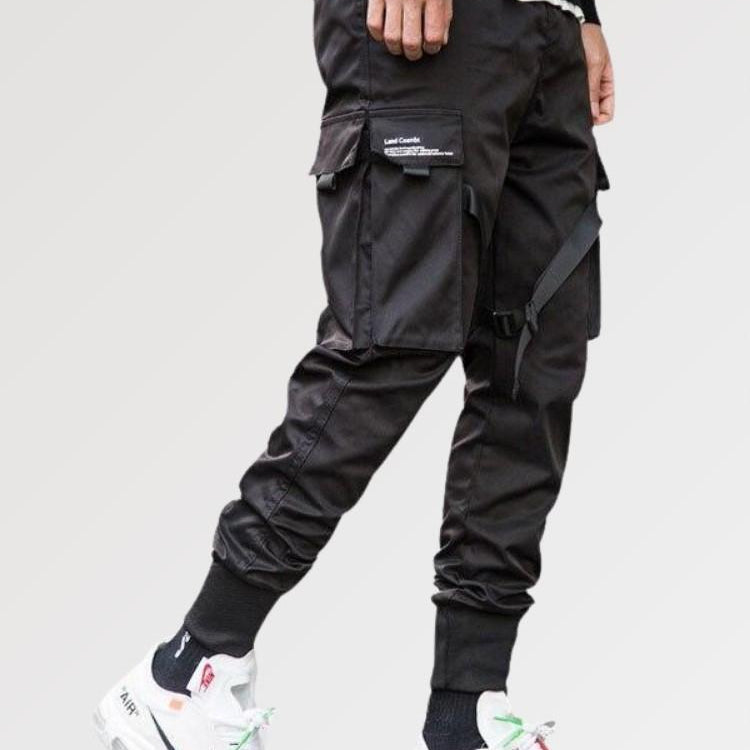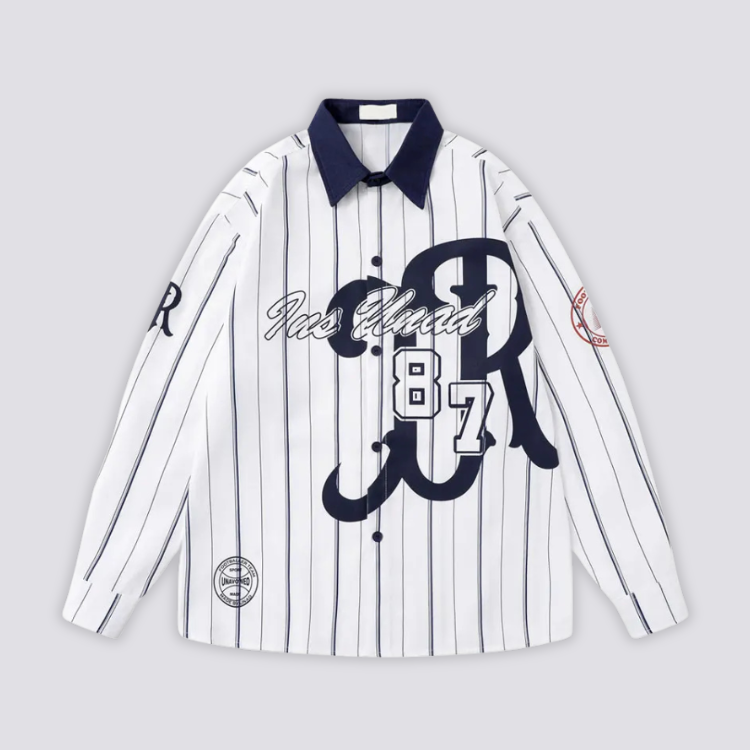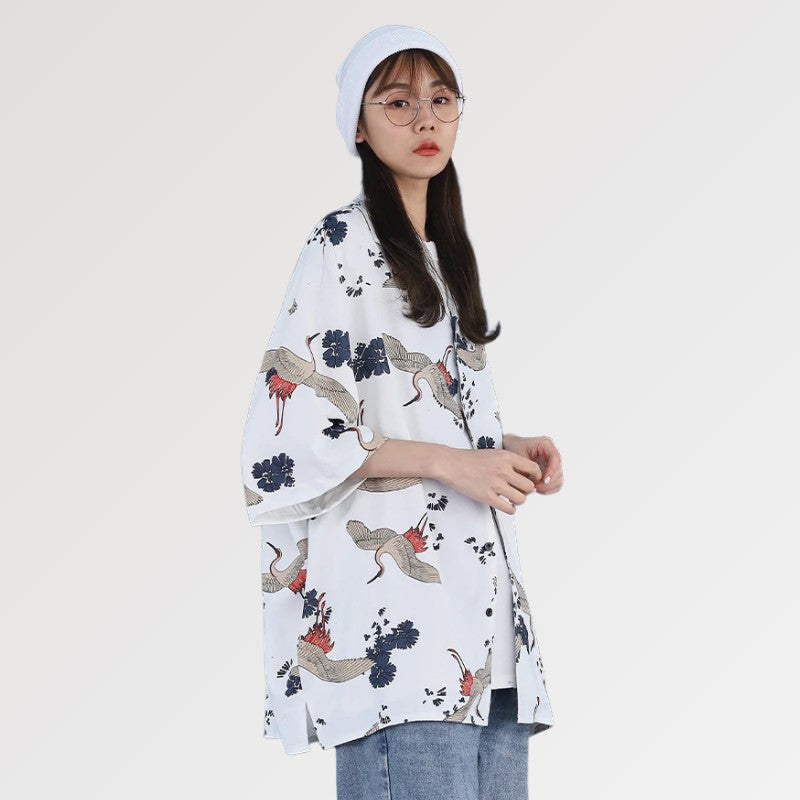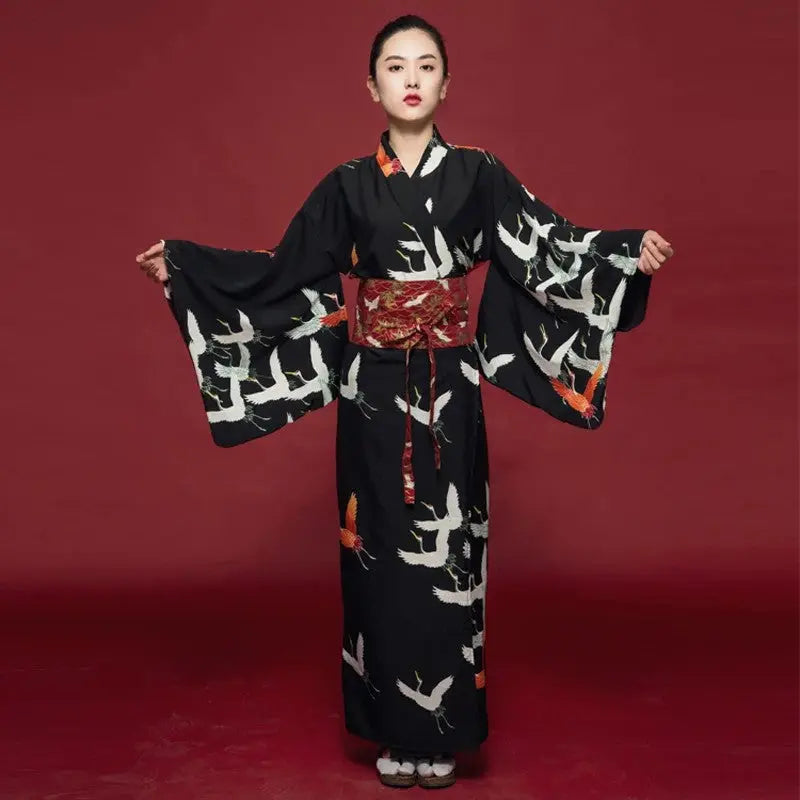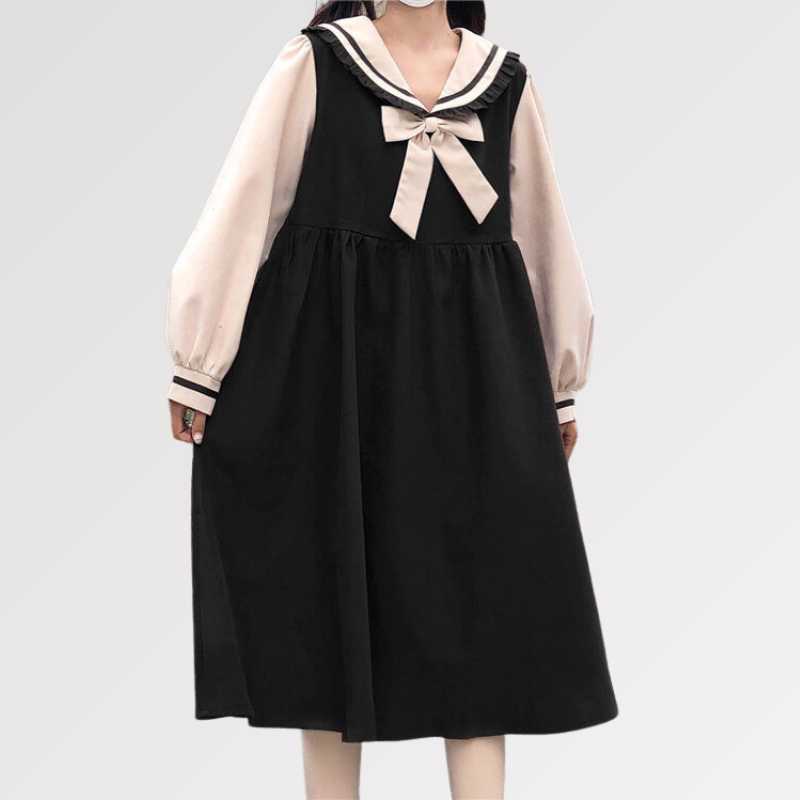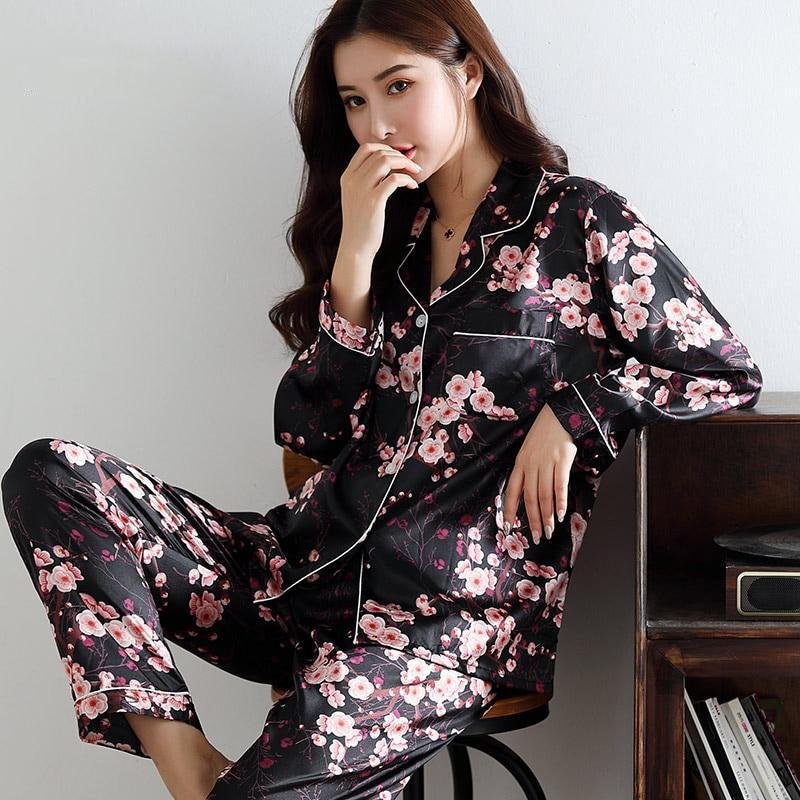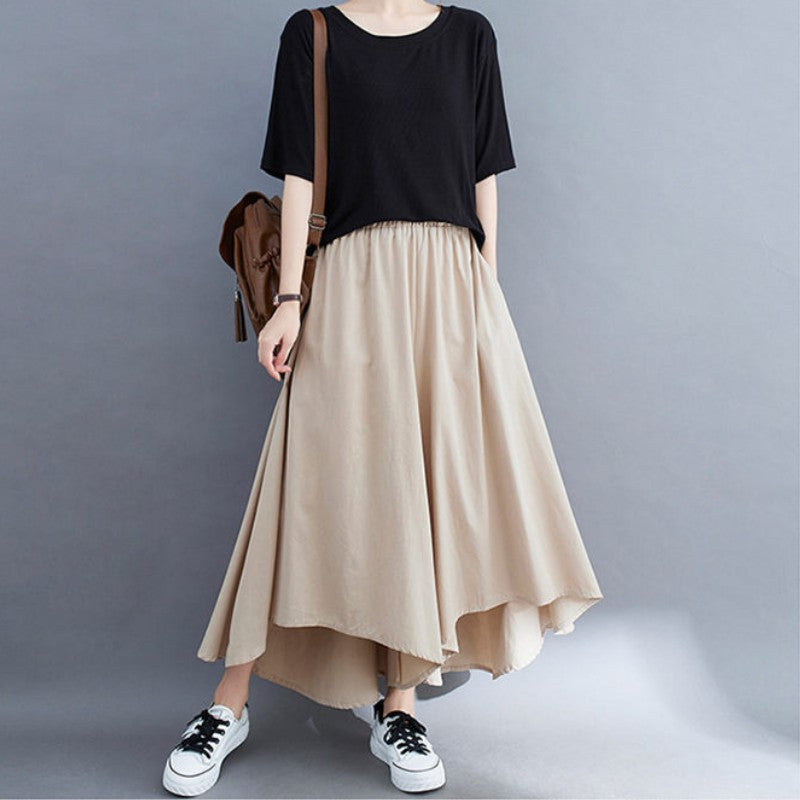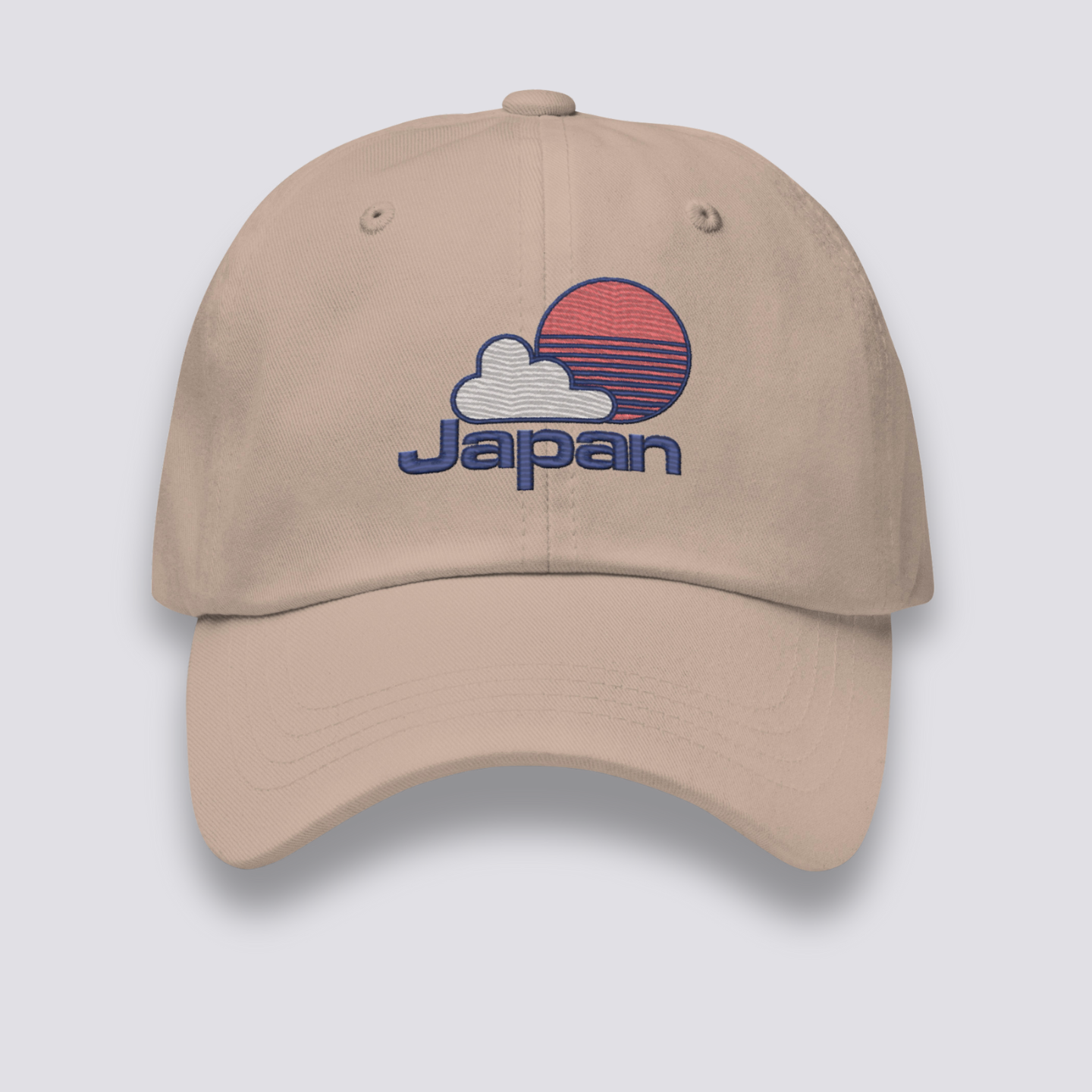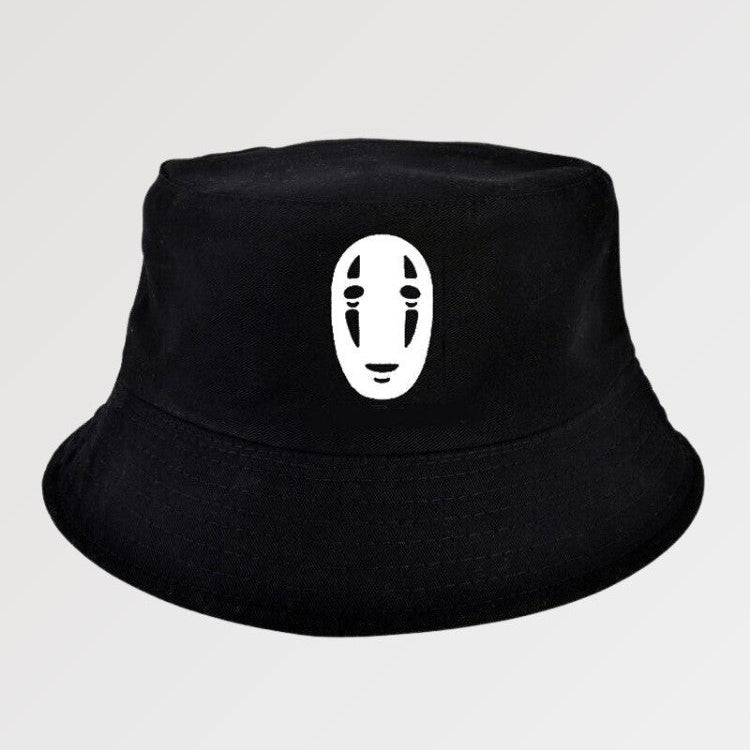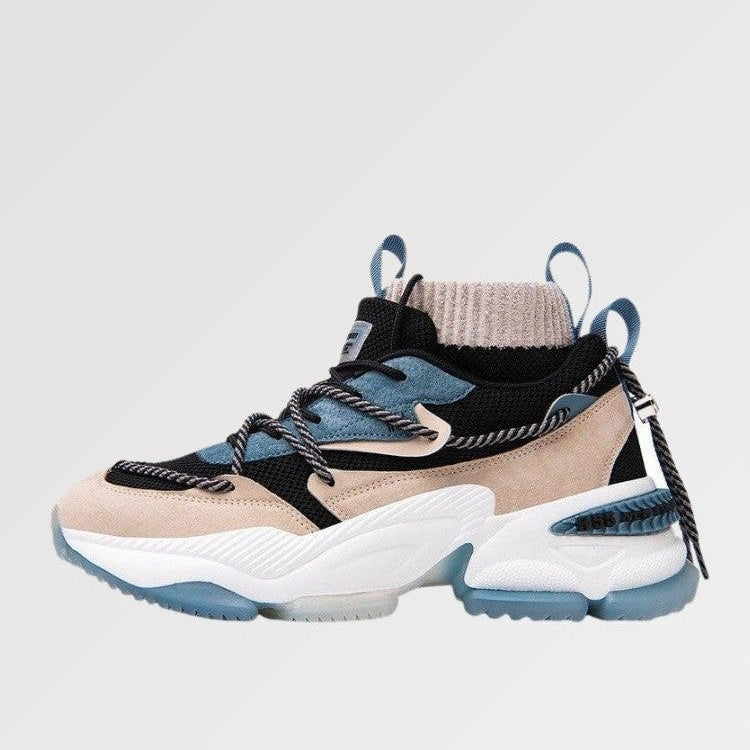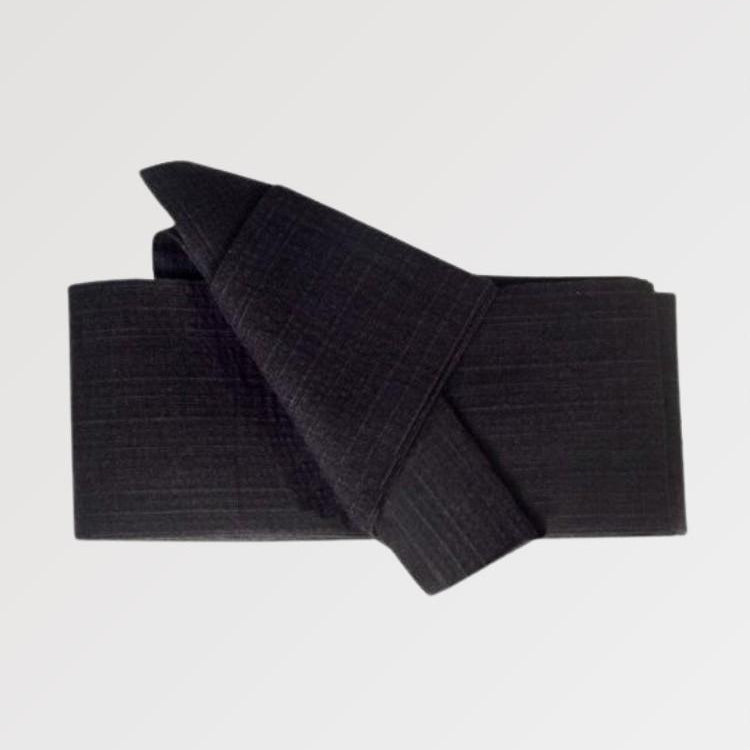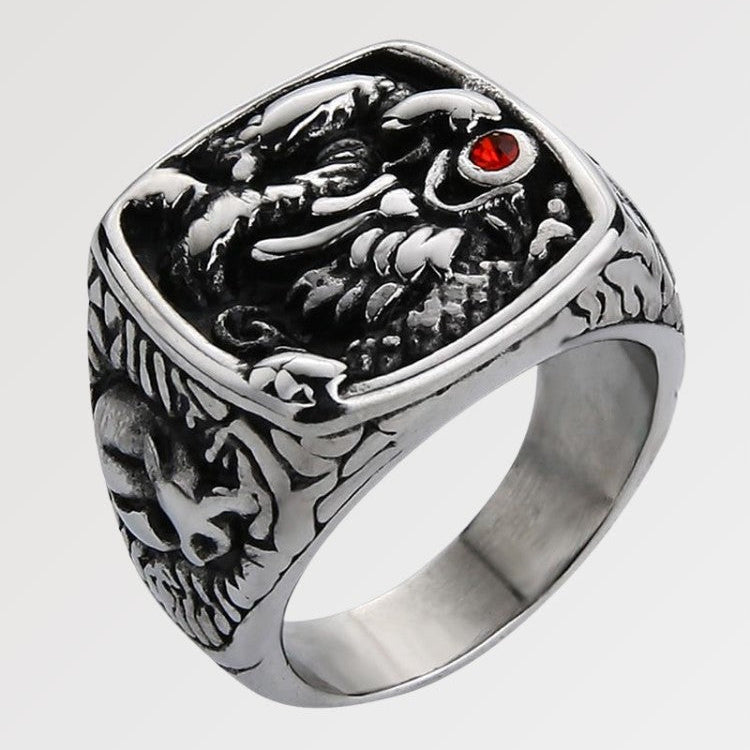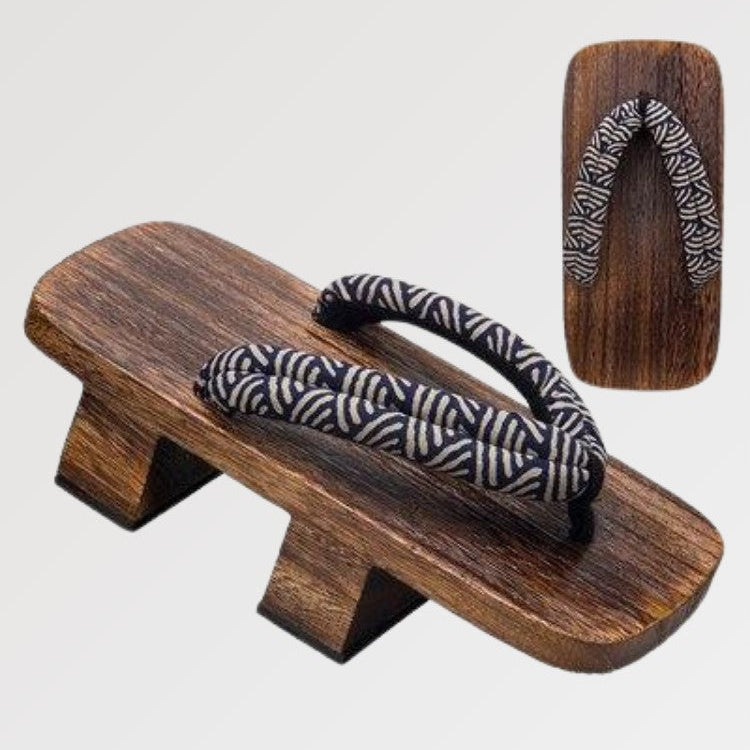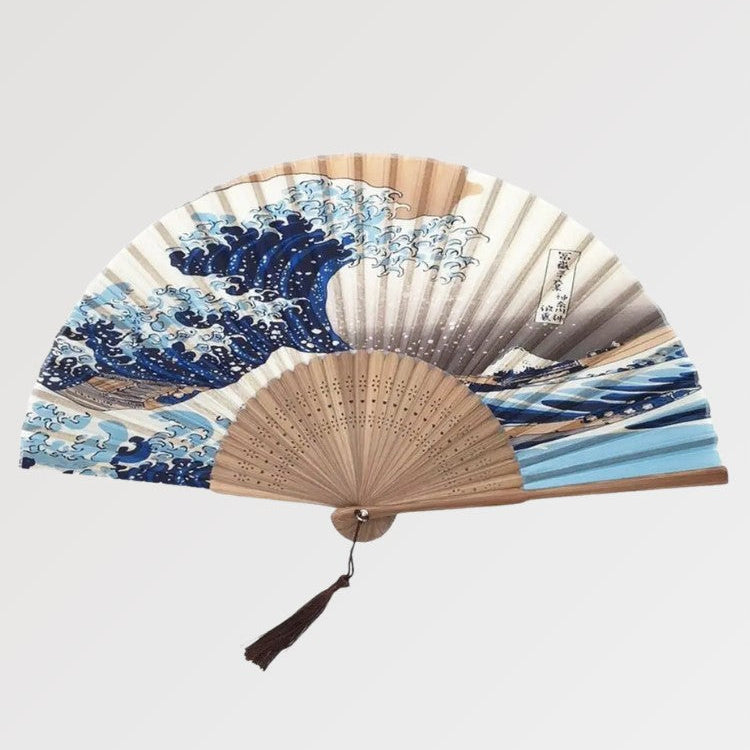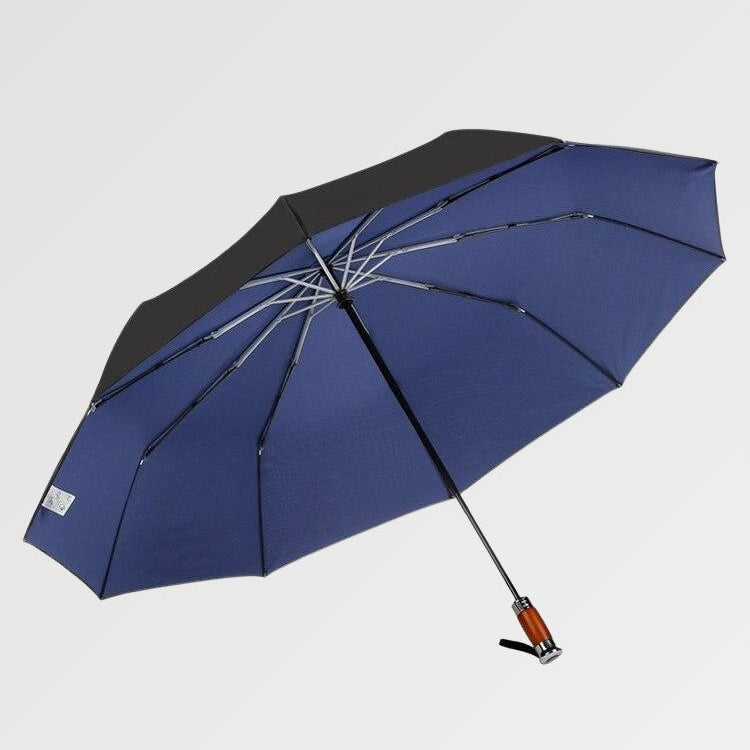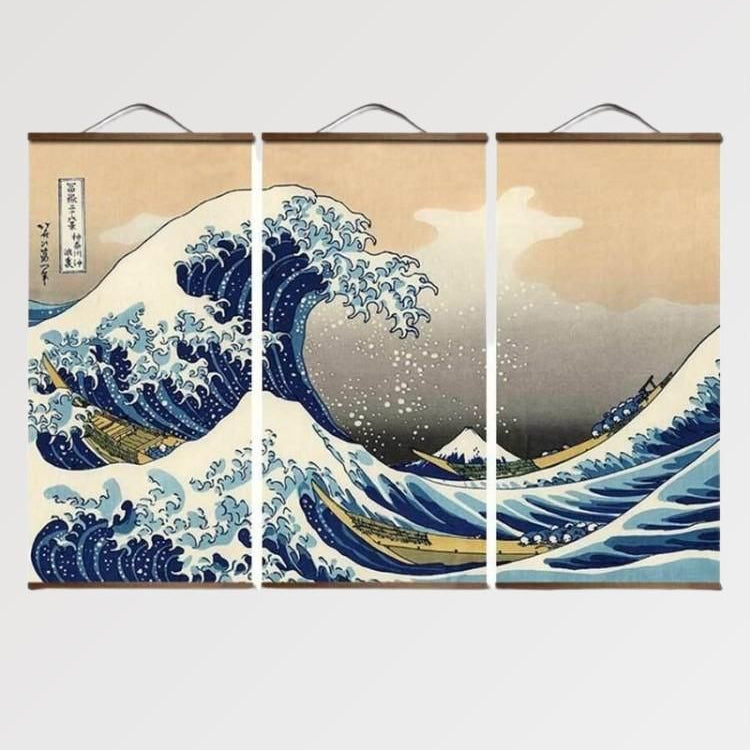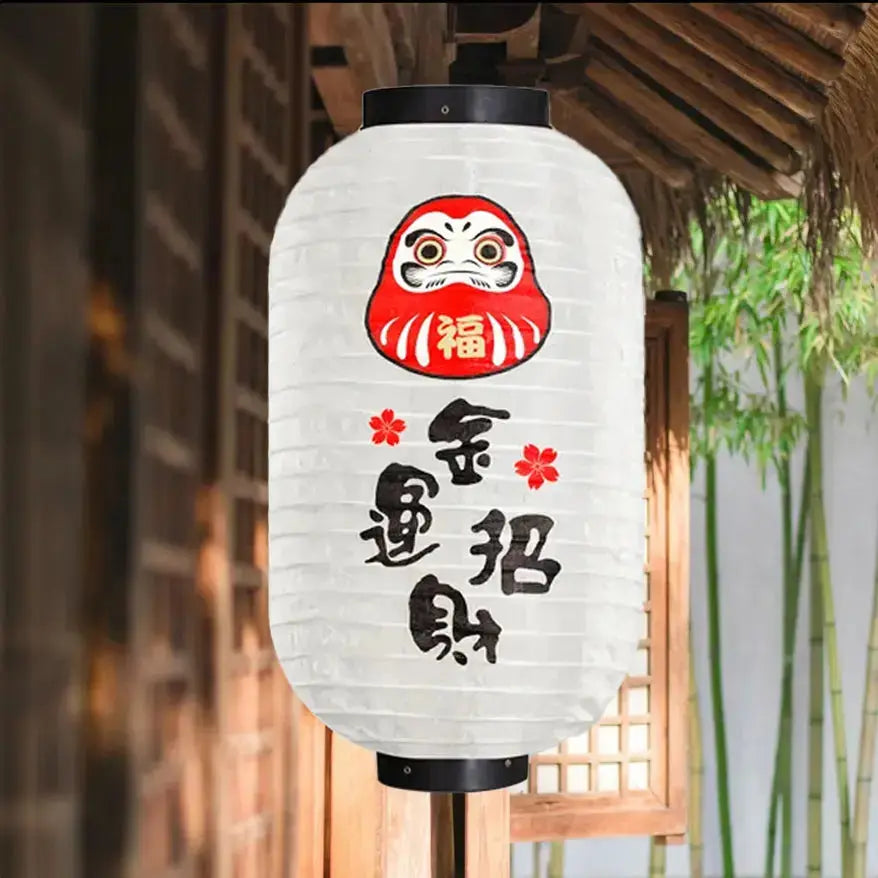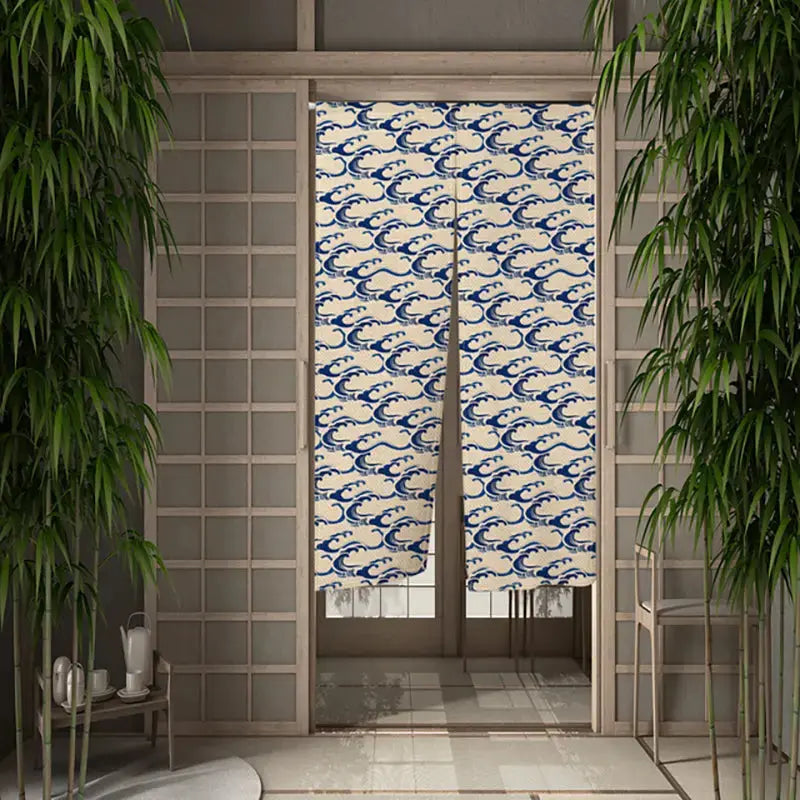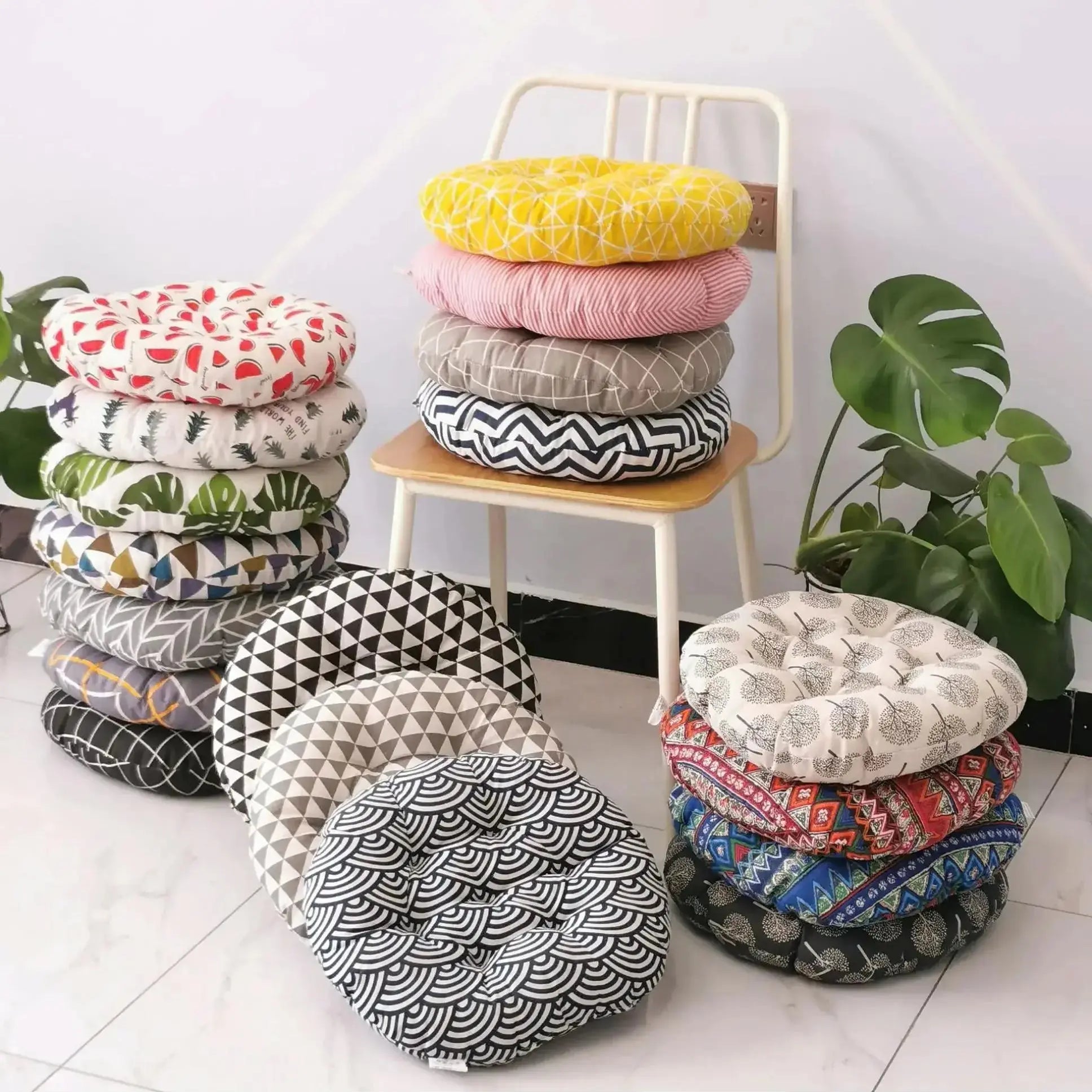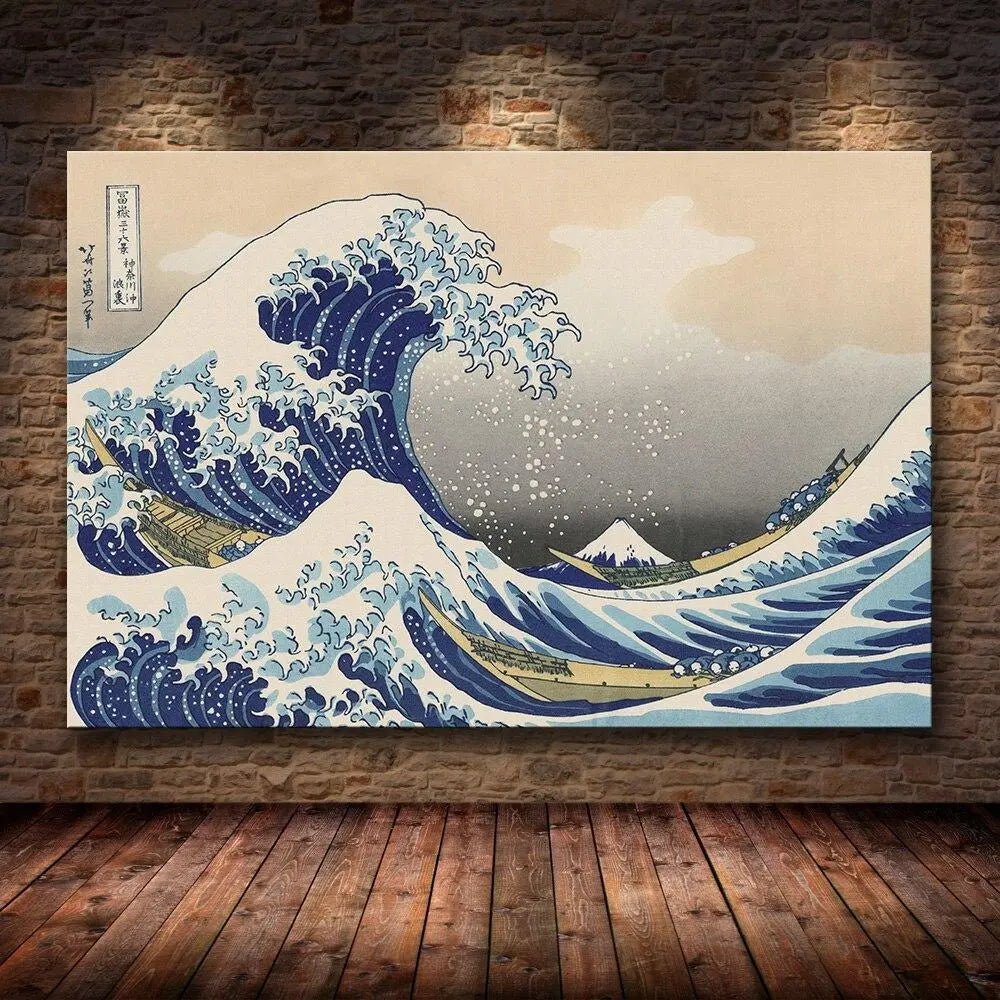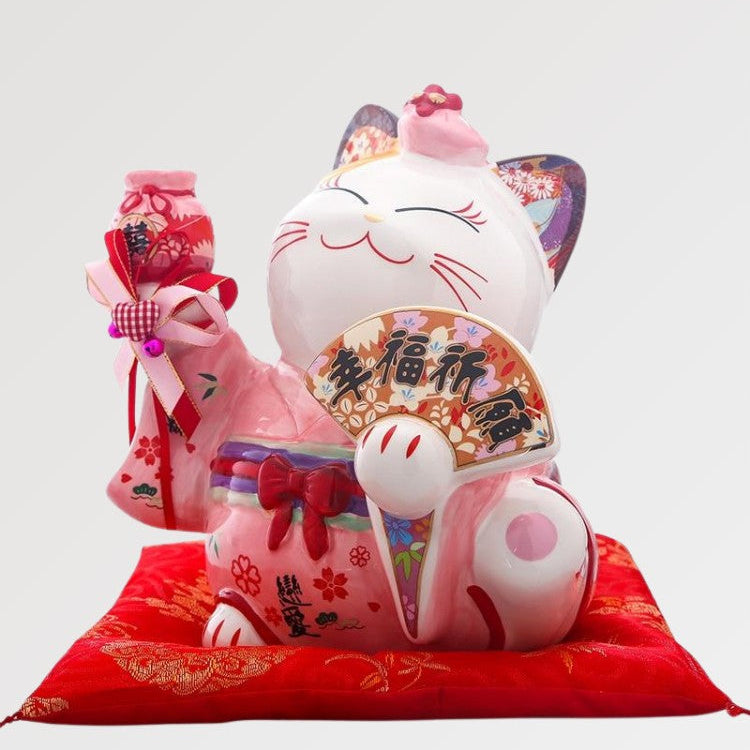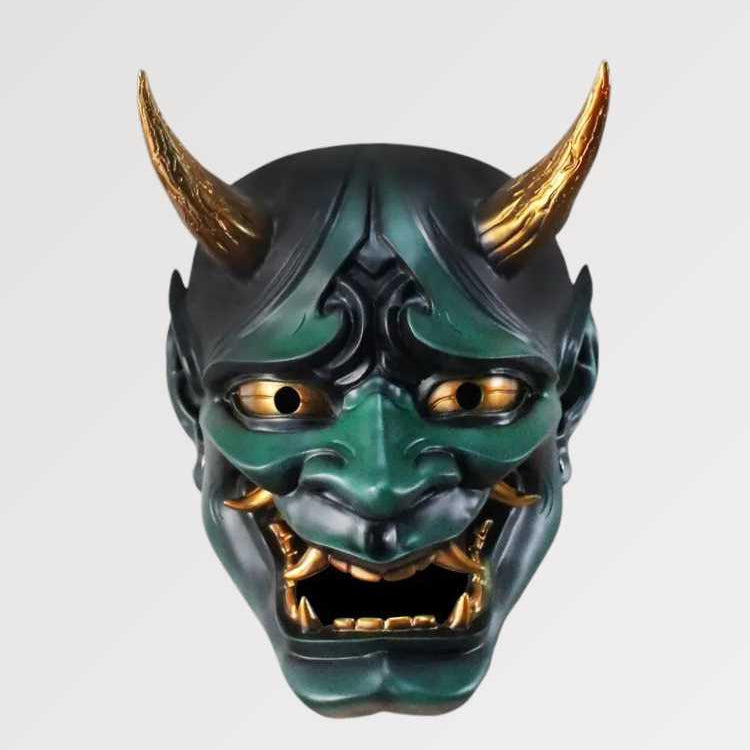How a Whiskey and a Sukajan Changed Everything
In 2018, after three weeks wandering through Tokyo like a dedicated tourist (temples checked off, sushi devoured, neon signs photographed), I stumbled upon a small bar in Koenji. Not one of those trendy spots for foreigners, but a vinyl-filled hideout where the walls were lined with jazz records from the ’70s. The owner, a man in his sixties wearing a worn-out sukajan with faded tiger embroidery, served me a top-shelf whiskey in a chipped glass.
“You wear Japan like a tourist,” he said, glancing at my brand-new sneakers. Not in a mean way. Just stating a fact.
That night, I understood two things.
First, I didn’t really know Japan — or rather, I only knew the version built for visitors.
Then, what drew me in was the other Japan:
– The one of salarymen slipping into a wrinkled jinbei after work, like a second skin whispering “the day is over.”
– The one of Shibuya high schoolers turning their uniforms into punk outfits, because here, rebellion speaks softly.
– The one of Asakusa markets, where grandmothers sell polyester kimonos with a smile: “It’s not silk, but it lasts.”
– The one of factory workers wearing haori like capes, simply because it blocks the wind.
– The one of Daikanyama students layering work jackets, as if inventing the future of rebellious salarymen.
That Japan hides in the details:
– The way a haori reshapes a silhouette, like a quiet kind of armor.
– The stories a sukajan tells through its embroidery — a pilot from the ’50s, a yakuza from the ’80s, or a modern high schooler just trying to look cool.
– The cotton kimono of a grandmother, turning into rebellion the moment it’s paired with sneakers.
So I wanted to create clothes for those who, like me that night, want to wear Japan without playing a role.
Not to become Japanese. Not to pretend.
But to hold on to what moves us — the boldness of hybrid styles, and that effortless kind of elegance that never takes itself too seriously.
Japanstreet isn’t about museum pieces or costumes.
It’s about clothes made to be worn — a thick cotton haori designed to slip over jeans; a sukajan inspired by ’50s embroidery; a kimono strong enough for everyday life, not just special occasions.
New pieces that already feel like they have a story to tell.
I drew inspiration from what Japanese people actually wear:
– The Kyoto craftsmen who throw on a haori over a T-shirt to grab a coffee;
– The old men of Koenji whose worn sukajan jackets have become a second skin;
– The grandmothers of Asakusa who dance in cotton kimonos at neighborhood festivals.
Then I began creating my own — clothes with the soul of the past, but the cut of today.
Because real style should never feel like a costume.
Because a garment is truly beautiful when it can be worn every day — until it becomes part of you.
At its core, Japanstreet sells just one thing:
the idea that Japan is more than a country — it’s an attitude.
So, do you wear that attitude?
Not as a costume. Not as a tribute.
But as a second skin — a reminder that style is what’s left when you’ve stripped away the labels.
